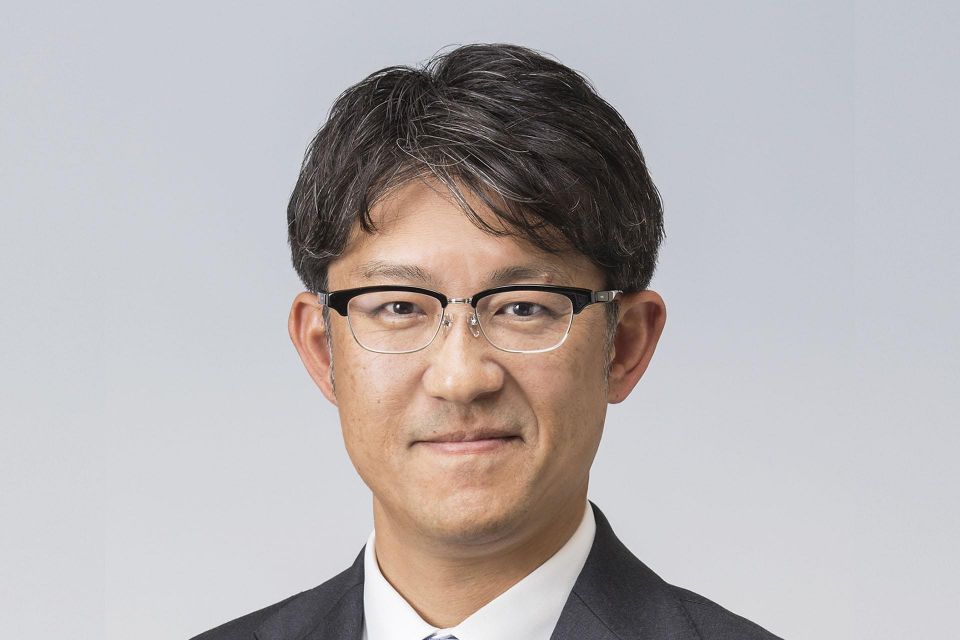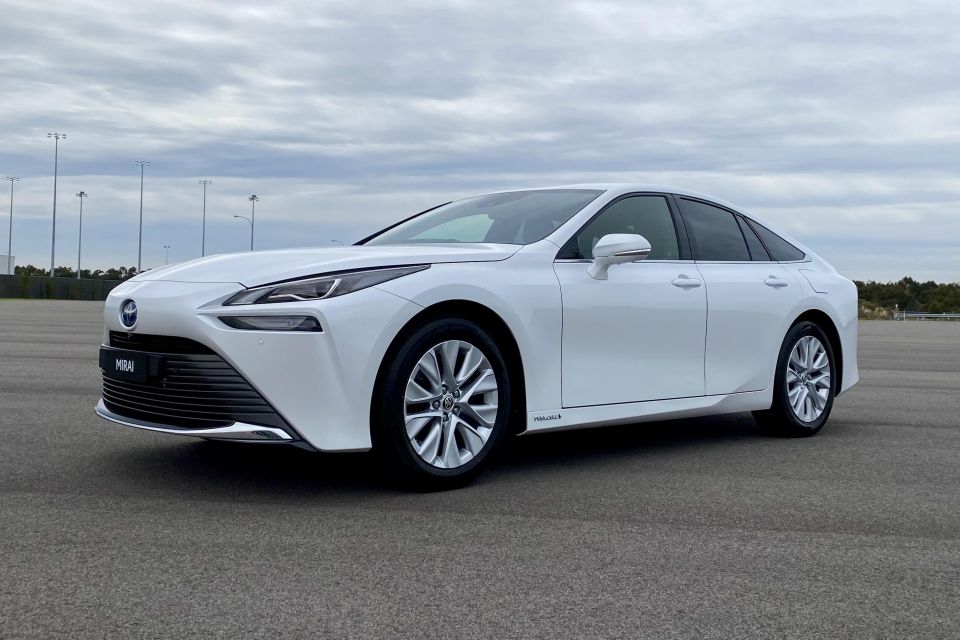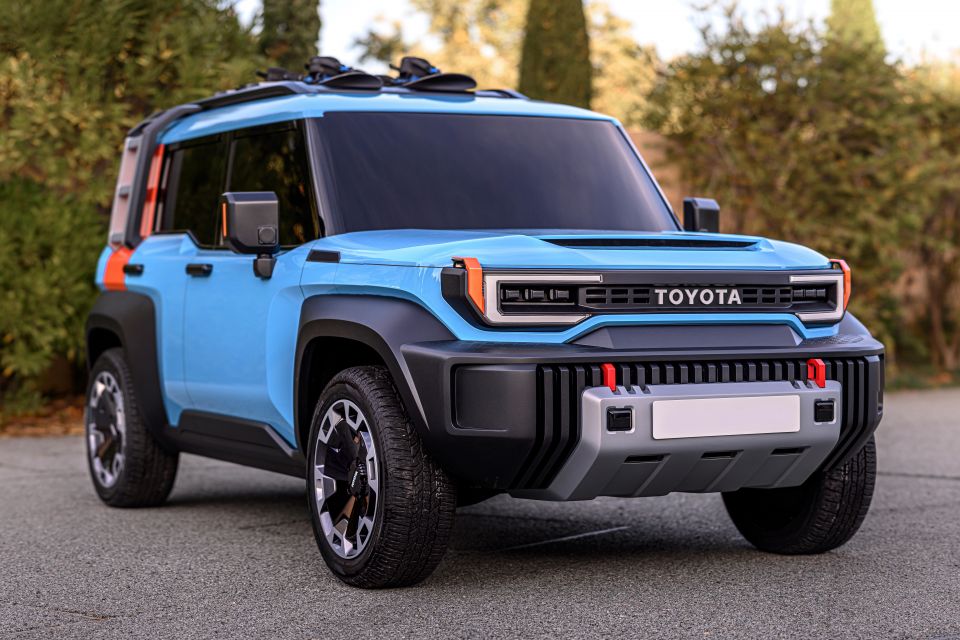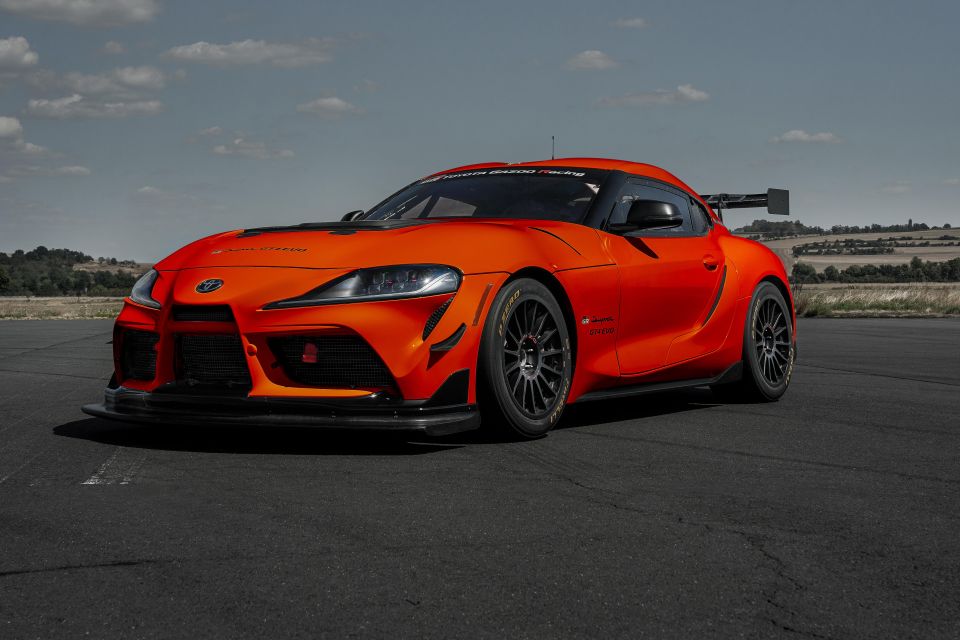

Matt Campbell
2025 Porsche 911 Carrera T review
6 Days Ago

Journalist
Akio Toyoda, grandson of the car maker’s founder, and one of the most colourful automotive bosses in Japan’s recent history is stepping aside as CEO of Toyota.
He will be replaced as president and CEO on April 1, 2023 by Koji Sato, who is currently the head of both Lexus and Gazoo Racing. Sato will remain in charge of the luxury and sports brands after becoming the company’s boss.
Sato has been with Toyota since he graduated Waseda University in 1992 with a mechanical engineering degree.
He was appointed as the chief engineer at Lexus in 2016, and his influence at the luxury marque grew steadily until he was appointed CEO in 2020. Sato is said to have lead development of the well-regarded Lexus LC coupe.

Toyoda will still play a role in the publicly-listed company by becoming chairman. Current chairman Takeshi Uchiyamada, known as the father of the Prius, will relinquish his chairmanship but retain a seat on the company’s board.
In an online press conference overnight, the outgoing CEO, who is 66, reflected: “I’m a car maker through and through, and that’s how I’ve transformed Toyota, but a carmaker is all that I am. That is my limit.”
Toyoda said the new CEO was chosen partly because “he loves cars”, but also for “his youth”. Sato, who is 53, has been given the “mission to transform Toyota into a mobility company”.

Like many other legacy automakers Toyota has struggled to adapt its product plans towards EVs. As a pioneer of hybrid drivetrains, Toyoda and Toyota initially wanted a gradual transition from pure internal combustion engines (ICE) to hybrid and plug-in hybrid, and then either EVs or hydrogen fuel cell cars.
Changing consumer sentiment, the worsening climate crisis, and upcoming ICE bans in Europe and some US states has forced the company to change tack. The company is reportedly considering rebooting its EV plans, which currently only forecast annual sales of 3.5 million by 2030.
Not only is Toyota playing catch-up in the EV space, but sales of its first mass-produced dedicated EV, the bZ4X, was stopped for several months in order to fix a wheel hub bolt, which may cause the wheel to fall off.
Toyoda became CEO in 2009 at a particularly turbulent time in the automaker’s history as the firm had just posted its first ever full year operating loss in the wake of the global financial crisis.

The following year Toyota faced claims of unintended acceleration, which resulted in millions of cars being recalled and paying out up to US$1 billion ($1.4 billion) to settle class action lawsuits. Then in 2011 Japan suffered an earthquake, tsunami and nuclear meltdown at the Fukushima Daiichi power plant, which severely affected the nation’s manufacturing capabilities.
Some of these issues were blamed on the ambitious sales targets set by his predecessor Katsuaki Watanabe.
Not only did Toyoda slow things down so the company could focus on reliability, he ordered the development of the new TNGA toolkit architecture, which not only sought greater economies of scale but was designed to be “fun to drive, again”.

Under his leadership Toyota has roared back into profit, and has been consistently vying with the Volkswagen Group for the annual global sales title.
His background as race car driver and keen automotive enthusiast led him to greenlight the 86, and Supra, as well as the mad GR Yaris and GR Corolla. Perhaps more importantly normal Toyotas are far more interesting to drive than their forebears.
Where expert car reviews meet expert car buying – CarExpert gives you trusted advice, personalised service and real savings on your next new car.
Derek Fung would love to tell you about his multiple degrees, but he's too busy writing up some news right now. In his spare time Derek loves chasing automotive rabbits down the hole. Based in New York, New York, Derek loves to travel and is very much a window not an aisle person.


Matt Campbell
6 Days Ago


James Wong
5 Days Ago


Max Davies
3 Days Ago


Josh Nevett
2 Days Ago


Josh Nevett
2 Days Ago


Paul Maric
15 Hours Ago